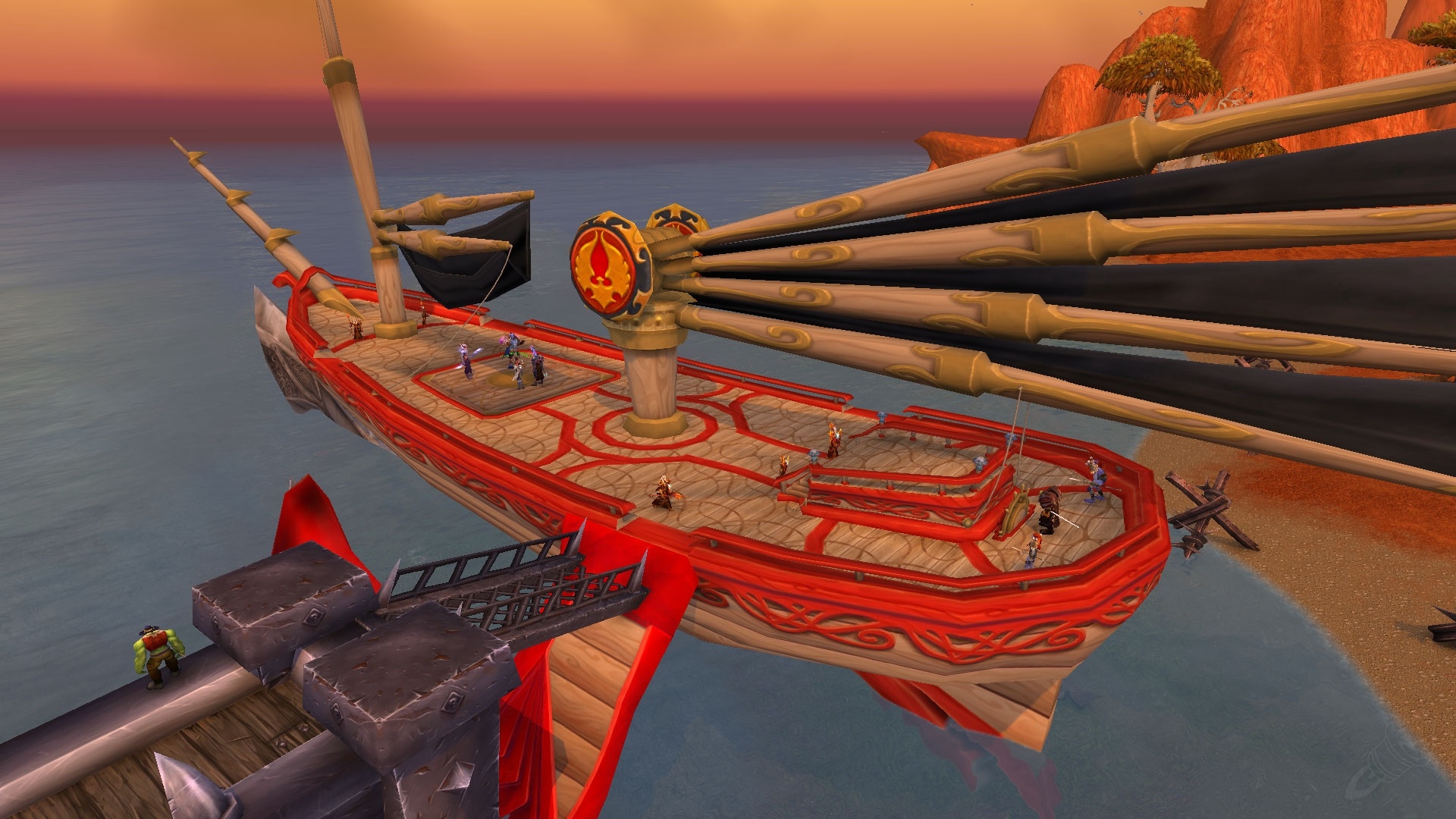
Later bosses scale up with more HP and armor, and regular enemies mostly rely on large numbers to offer any amount of challenge, which leads to awkward Teenage Mutant Ninja Turtles-style enemy fights in which I would be surrounded by a dozen units while they politely engaged me one at a time-an issue which plagued the first game as well.Īt its best the rhythm of combat can be exhilarating. The arena background art and unit animations look great, but you’re still mostly just fighting humans in small spaces.īy the halfway point in the campaign I saw almost everything the Dealer would throw at me. Attacks can either be blocked or evaded, and you’ll know which to use depending on if the attacking foe glows green or red.Įnemy types are fairly limited and largely unimpressive, from standard barbarians, soldiers, and ghouls to a few interesting things like giant ogres and fire-spewing grenadiers. Each weapon has a built-in special attack that can be activated after a certain number of combo hits, with more powerful weapons capable of stunning multiple enemies or delivering massive blows. Weapons come in multiple styles which are now designed to tackle specific enemy types, such as light weapons against thieves. When you happen upon enemies the strategic card layer shifts into a colorful third-person action brawler. The final battle has a neat twist (and thankfully nothing like the awful QTE slog the first game’s end boss was), but still ultimately came down to a standard combat arena.Ĭombat is unfortunately the least improved aspect of the sequel, despite still being a major focus of many challenges and cards. The finale presents its consequences based on how well you completed your companions’ storylines, kind of like Mass Effect 2. The last few challenges are a gauntlet of dungeon crawls as my team and I infiltrate a palace to embark on a little regicide.

These moments made the world feel much more vibrant and interactive despite how much of it is text. Companions are also woven into other cards’ stories and frequently chime in during BioWare-style cutscenes.
THE HAND OF FATE SERIES
I would be surrounded by a dozen units while they politely engaged me one at a timeĬompanions’ stories are told through a series of companion-specific cards, compelling tales of heartbreak, betrayal, and redemption. On the card screen he can add an additional die to any dice rolls, which was often the difference between success and failure. Colbjorn the barbarian, for instance, can unleash an effective stunning charge in combat.

Each is unique, wielding useful powers in combat and on the strategic layer. There are four in total, unlocked over the course of the game. Click on Khadgar and this quest should show up in the list that pops up even tho if you mouse over him on your map it doesn't.Companion cards are one of Hand of Fate 2's best new features.Click on your tracking button on your mini-map and select Trivial Quests.you can always redo the journey to Argus this way. If you did not complete the setup for the portal to Argus yet. There an event will start to bring you to Argus. Follow the path to the left into the Exodar and talk to Velen, then proceed up through the golden Teleporter to the top.

She will bring you into an instanced version to the Exodar on Azurmyst Isles. If you abandoned it, go speak to Lady Liadrin (H) / Vereesa Windrunner (A) directly. script for k,v in pairs()do print(format("%s: %s", k, IsQuestFlaggedCompleted(v) and "\124cff00ff00DONE\124r" or "\124cffff0000NOT DONE\124r")) end Comment by dasbaumREQUIREMENTS before you can start this quest:


 0 kommentar(er)
0 kommentar(er)
